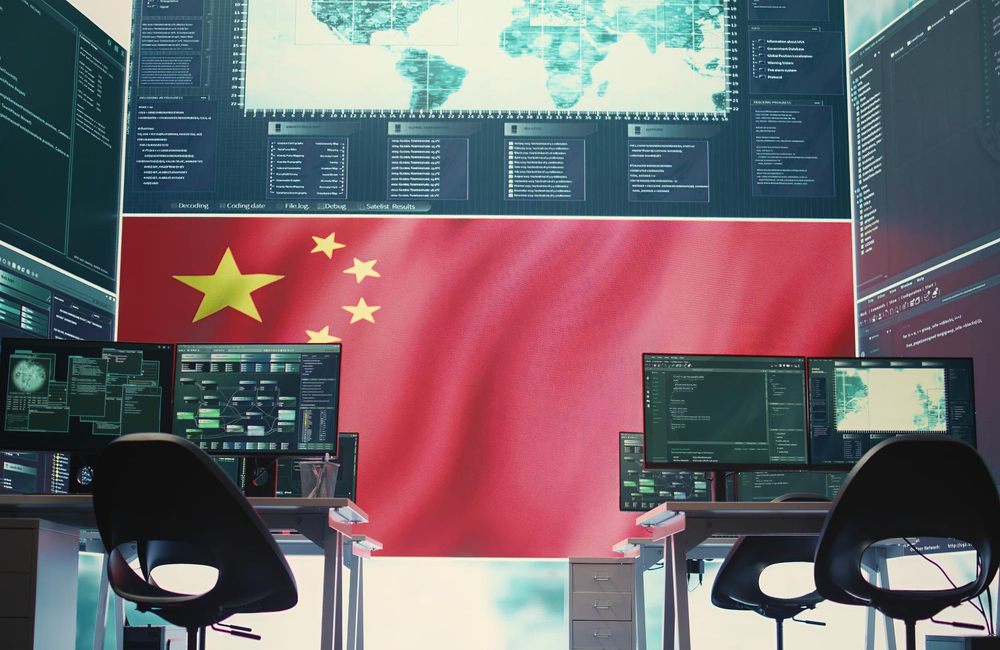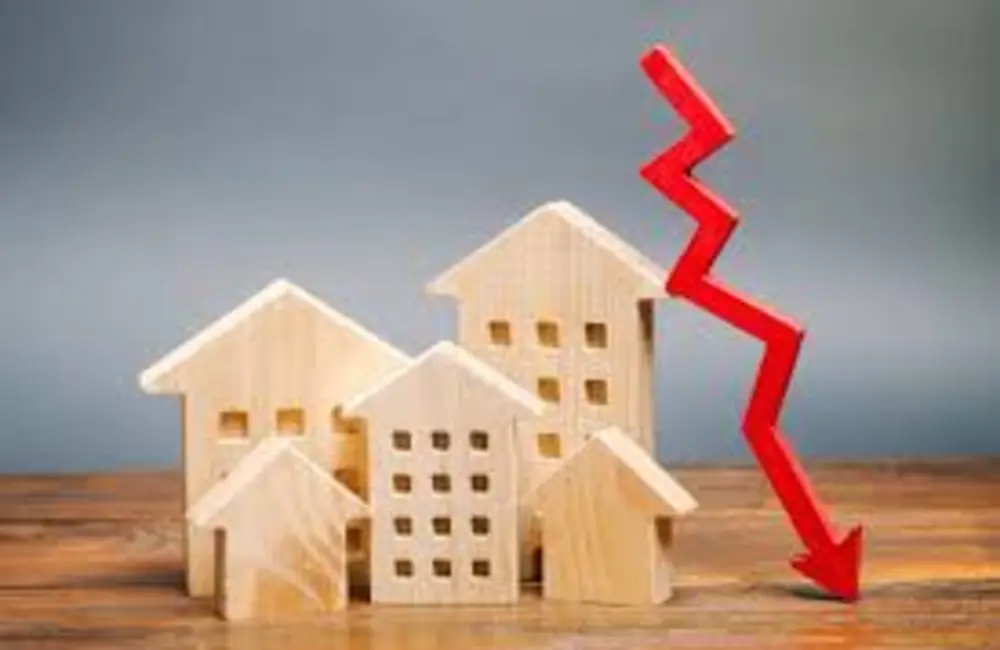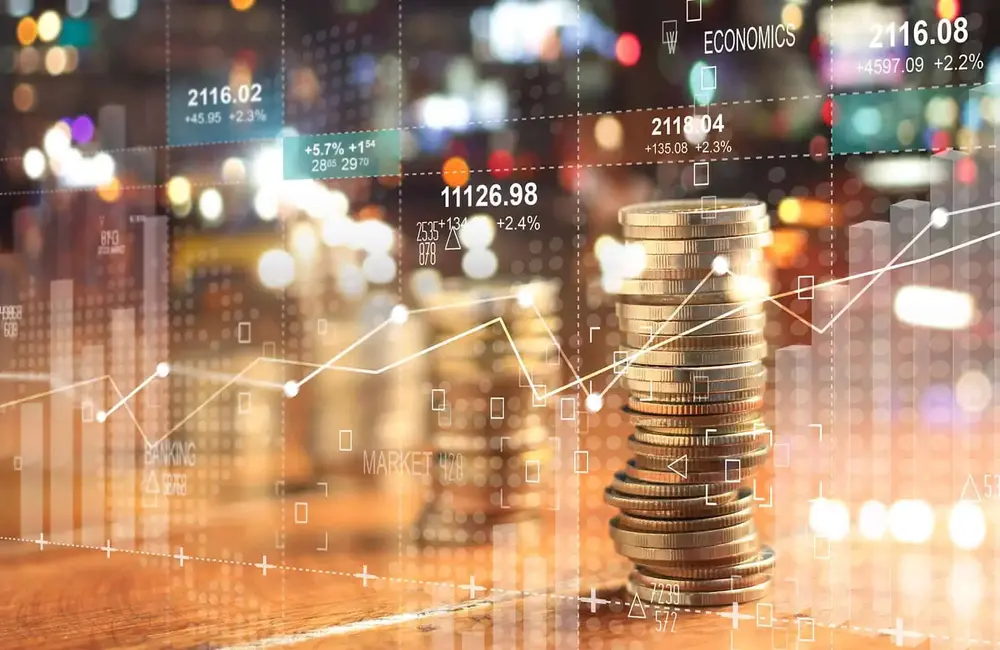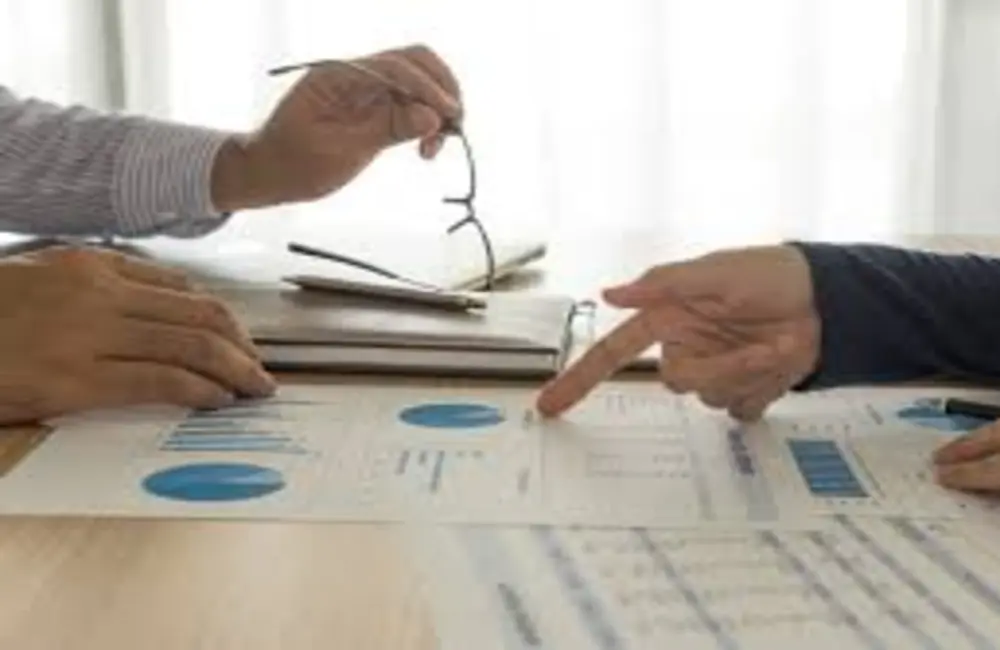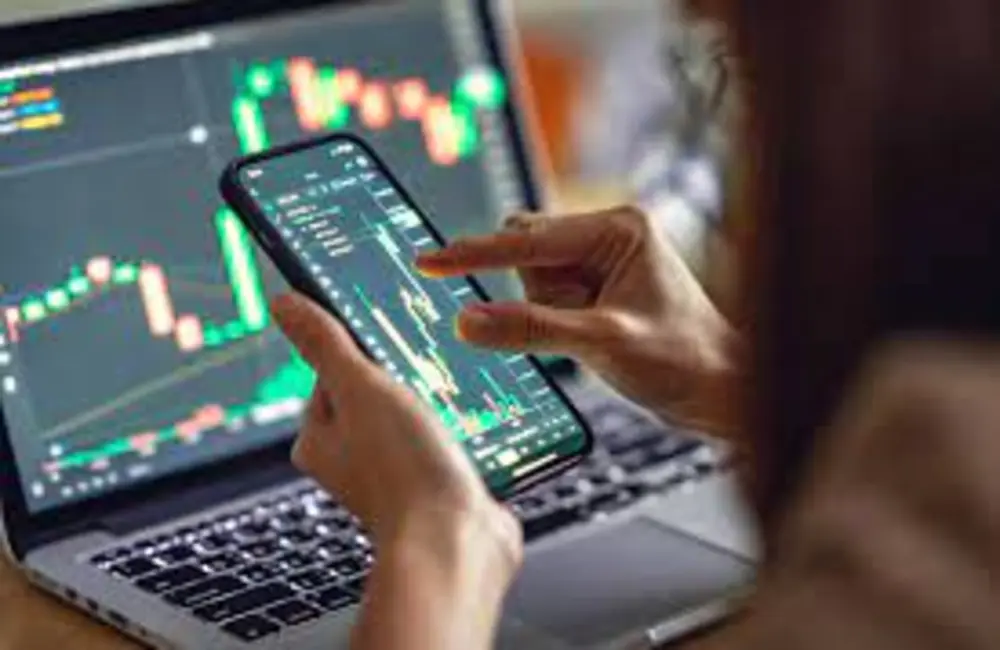In a year of relatively slow economic growth, the market for evidence of what comes next is like a fire watching for smoke at China’s 20th Communist Party Congress.
The Congress convenes 16 October with some 2,000 delegates. The Parliament has already changed the rules so President Xi Jinping can win an unprecedented third term in office, which would give him another five-year term to rule. Xi came into power in 2013.
Beyond that, two key announcements at the political event are on the radar of Aidan Yao, senior emerging Asia economist at AXA Investment Managers.
“For the party’s all-powerful Politburo Standing Committee, at least two positions will undergo reshuffle,” he says.
“Even more relevant is who will follow Li Keqiang as the next head of the State Council,” and possibly who replaces Liu He as one of China’s top macro policy makers, “as it will be very material for the economy and markets in the years ahead.
Li Keqiang is expected to step down from his second-in-command role in March. Liu He, 70, has already passed the retirement age of 68, is also widely expected to retire at the Congress next week.
And the Party Congress isn’t the place to lay down on-the-ground policies, as subsequent meetings are. No new granular details are expected to emerge from the meetings on policy agenda, but investors are hopeful to get hints on how the government is planning to navigate the increasing headwinds both at home and globally. These headwinds are attributed to slowing growth, geopolitical tensions and the prospects of unwinding or abandoning Covid-19 control measures.
Yao is seeking clues about “the leadership’s emphasis on putting economic development at the core of China’s national rejuvenation.” Specifically, Xi’s political report will become the criteria of short-term decision making. This will provide an indication of how the country plans to further reopen the economy, reduce emissions and liberalize the financial system.
"The former should help alleviate investor worries about China backtracking on its economic reforms," Yao says.
Will post-Congress melt it away too?
Fidelity International thinks sentiment may improve more after the Party Congress.
“We are closely monitoring for signs on how the forward path for economic policy can be the spur for a more progressive growth policy,” says Salman Ahmed, global head of macro and strategic asset allocation at the firm.
“Expectations surrounding the Congress are low so any positive news could serve as a near-term sentiment booster,” says Ahmed. The market is likely to have policy certainty towards 2023 and an added level of government stimulus assertiveness post Congress.”
AXA IM’s Yao is maintaining an “overall cautiously optimistic view” on the Party Congress and its cascading events. He adds that “because policy uncertainties have been a drag on financial markets, the reduction in such uncertainties in the second half should actually help investors fine-tune their economic expectations and reprice financial market risks.”
“If Beijing can use that energy and those resources to step back in once the political changes have run their course to rescue their economy, the market should respond well to a later recovery in economic growth,” he adds.
In the near term, meanwhile, following conferences after the Congress November’s Politburo meeting and December’s Central Economic Work Conference could send important signals about Beijing’s Covid-19, property market, and economic policies for 2023, Yao said.
Zero-covid obsession isn’t ending
Zero-covid policy, not gone yet
Although inflation and macro pressure are less of a concern in the country, the Chinese Politburo still has a lot to think about and solve ahead of its policy meetings going forward, not least because their zero-Covid policy continues to be in focus. China aims to crush and contain each outbreak of Covid-19 with a flurry of measures, from lockdowns to forced isolations and approaches to travel that analysts believe have dampened the country’s growth.
China's ruling party mouthpiece has reiterated that the country is not letting go of its hardline approach to containing the spread of the Covid-19 virus. That means the “living with COVID” strategy pursued by other top world economies is still politically unthinkable. But this high-wire act has also brought trouble to China, where social discontent and exhaustion are running high.
The economy has also suffered the G.D.P. expanded at a year-over-year rate of just 0.4 percent for the second quarter, when Shanghai, a major export and financial center, was in a citywide lockdown. The country will report its figure for the third quarter next week.
Morningstar had cut the growth forecast to 3.2% from 4% in May, when the prior forecast was already “very bearish.” The reason for the downgrade is a number of underpinnings in China’s economy. A descent into recession remains a real risk given the headwinds blowing from omicron and a nascent trade downturn. Persistent restrictions on movement continue to cast a shadow over the consumption spending, with the drag from eliminating consumer services purchases estimated to be substantial given that the sector makes up 30% of GDP.
Don’t count on a Covid-19 reprieve until at least March 2023
To grapple with this dilemma, the authorities need to find a sensitive balance, according to AXA IM’s Yao. “Both ongoing lockdowns and accelerating outbreaks from badly handled relaxation could also damage the economy more. The probability of achieving Beijing’s growth target in an upward scenario is extremely low.” The macro and market outlook will depend on the path of the Covid-19 pandemic, which has profound global implications, and the response to it needs to be adjusted to strike an optimum balance between growth and health, Yao says.
David Chao, global market strategist at Invesco, puts it this way:
“It’s difficult to forecast when China, where nonpharmaceutical interventions worked effectively against the early stages of the virus, will transition from its zero-Covid policy, though I suspect targeted lockdowns are here to stay for some time, at least until the end of the People’s Congress next March.” Based on infection data, Chao thinks the current wave of the outbreak has peaked, and he anticipates virus containment measures to stay strict until March.”
"Policymakers are stepping up on growth stabilisation measures, notwithstanding the headwinds to the economy. There will probably be announcements of additional monetary and fiscal packages before the end of the year that should help bolster the confidence of the markets and the return of commercial activity," he says.


















